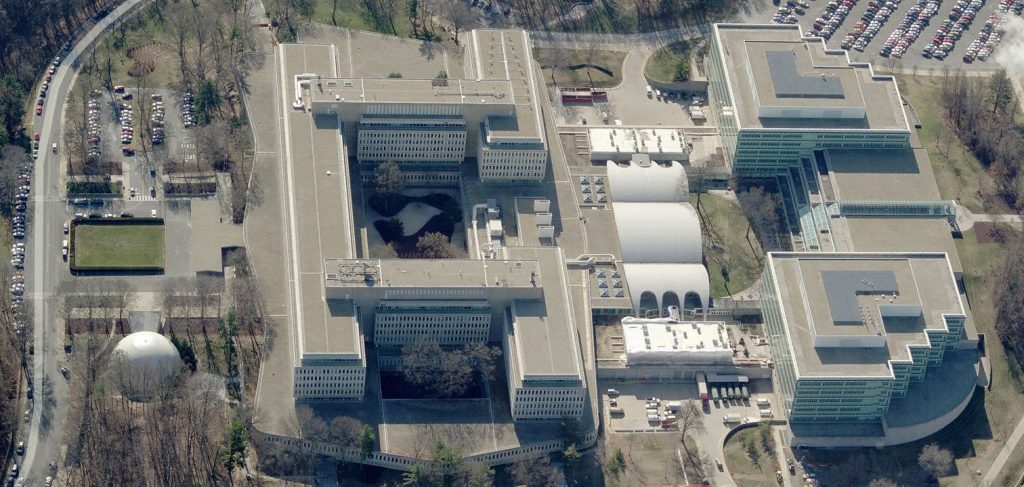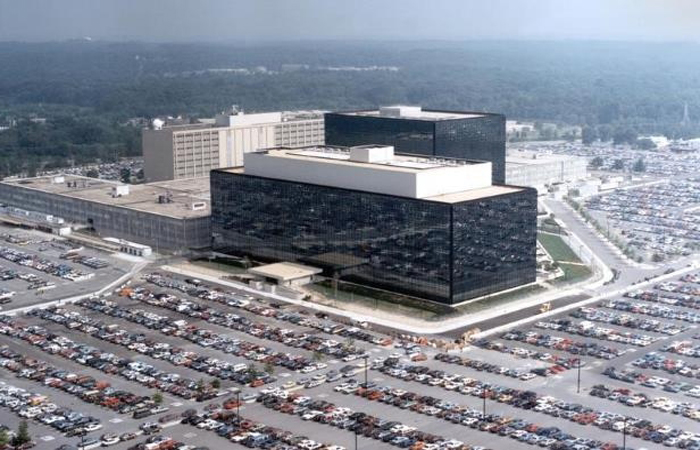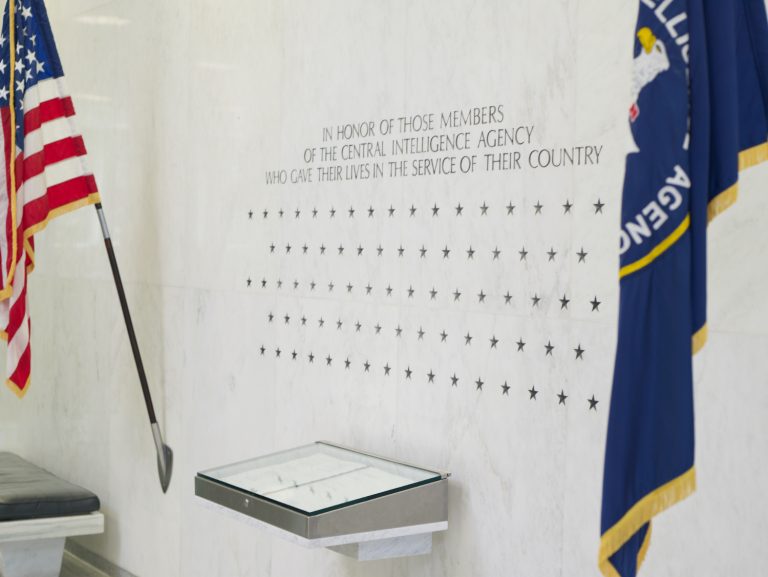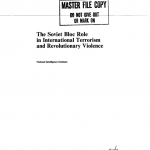America today has an almost nonexistent human intelligence (HUMINT) gathering capability in several key nations, and that poses a direct threat to U.S. national security. This lack of human eyes and ears in areas of the world critical to our national security and economic interests has led to poor decision making. The results have been horrific: 9/11, wars, and the death and injuries of tens of thousands of members of the American military and intelligence agencies.
We currently have almost no human assets (spies) in countries like Iran, Iraq, Saudi Arabia, North Korea, and China. We have very few in Russia. This is also true for most of the other Arabic and Islamic countries. We simply do not have the kind of people skilled in difficult foreign languages, intelligence tradecraft, and the necessary cultural and historical awareness. Why? Because for a long time we have not recruited foreign born American citizens in large numbers to return to their homeland to spy for us. But an even more important reason is that America has essentially eliminated humans from intelligence gathering responsibilities. To be sure, the Covid-19 pandemic has only exacerbated an already desperate HUMINT situation worldwide. So, instead of stepping up our recruitment and training of HUMINT assets, we have entrusted all of our foreign intelligence gathering efforts to AI and high tech platforms.

The result of that decision has been devastating for American national security.
The United States killed off what remained of our HUMINT capabilities with great vigor following the end of the Cold War. Technology was seen as the end all and be all by military commanders and senior civilian intelligence officials and the rightful successor to conventional spying by actual human beings. However, the process of transitioning to electronic intelligence systems actually began many years before that during the Vietnam War in the 1960’s. Although confidential informants were frequently used in Vietnam by the CIA and Military Intelligence, the use of electronic surveillance was just beginning to come into its own around this time with the introduction of advanced airborne sensors and radar platforms. The CIA and the generals were fascinated by the new, expensive technology and started to rely on reports generated by their electronic eyes and ears more than on their traditional HUMINT assets. The death of HUMINT had begun.
In the mid 1970’s, the congressional investigations conducted by the Church Committee into domestic military intelligence activities within the continental United States resulted in crippling news laws preventing any military counterintelligence agencies from targeting American citizens on U.S. soil, and placed severe restrictions on military counterintelligence gathering aimed at American citizens overseas. The conclusion of that investigation greatly accelerated the push to dismantle HUMINT within American intelligence agencies.
Since that time, the U.S. has spent the vast majority of its intelligence related military research and development funds on sophisticated technology, especially in the area of signals intelligence (SIGNET). SIGNET and electronic intelligence (ELINT) is used by both satellites and drones to locate and then intercept transmissions from sources such as cell phones, radio, television, weapons systems and the Internet. It is extremely effective in all of those tasks. What SIGNET cannot capture or analyze however, is the human mind.

No matter how powerful or sophisticated the technology, nothing short of human contact can develop a rapport with a human being. As any skilled interrogator will state, rapport building is a crucial first step in eliciting information from another person. No amount of cell phone intercepts or analysis of chat room conversations will ever result in a fraction of the actionable intelligence that be obtained by one person from another once a certain level of rapport has been established, even with a hard core terrorist.
But what about the killing of General Soleimani in Baghdad this past January? Wasn’t the intelligence responsible for that successful drone strike obtained by SIGNET? Yes it was. Very often electronic intercepts can reveal travel times, rate of travel and locations with great accuracy, even for such high level officials as Soleimani, although this strike was the result not only of outstanding SIGNET, but no small amount of luck as well.

What SIGNET or ELINT cannot tell us is the reaction to such actions. Since we have little to no HUMINT assets of any reliability inside Iran, we had no way to predict the reaction of Tehran to Soleimani’s death. That put the U.S. in a very dangerous situation. We had no way of knowing if the drone strike on Soleimani had unleashed a worldwide Jihad by Iranian proxy fighters against American interests across the globe, a devastating regional conflict, or even WWIII. There was just no way to tell.
Acting blind, it would have been very easy for the U.S. to make an uninformed decision that could have had long term, catastrophic consequences. Fortunately, either lack of ability, fear of further military strikes or economic sanctions by America, or possibly even the Covid-19 pandemic, stopped any large scale retaliation by Iran thus far. Only time will tell if that situation changes.
More recently, the lack of credible HUMINT assets in China failed to provide the United States accurate or timely information on the start and then spread of the coronavirus in Huanan (Wuhan – lansinginstitute.org). Although we had some reports starting late in December 2019 of the mounting health crisis in China from secondary sources, the U.S. did not have any reliable American controlled agents in Huanan that could have provided Intelligence and health officials in Washington with accurate information back in December 2019 or even in January 2020, early enough to have prevented the spread of the virus to millions of Americans. That short, early window for the flow of crucial information from reliable HUMINT sources on the ground in China in December 2019 could have possibly prevented the catastrophic pandemic that inevitably followed in the United States, an intelligence failure so massive that it will possibly be remembered as a worse tragedy than the intelligence failure just before 9/11.
And we are still feeling the effects of both of those tragic HUMINT failures today.
The time is long past for American civilian and military intelligence agencies to take the blinders off. Sufficient infrastructure currently exists within all the U.S. military branches and civilian intelligence agencies for quickly and seamlessly ramping up a robust HUMINT capability. There is no need for massive amounts of funding to be allocated. There are many very talented individuals already working within those institutions that would readily volunteer for covert HUMINT operations if just given the chance to serve their country in that important role.
Give them the chance.
Author
-

Retired U.S. Army Counterintelligence Special Agent. He served in Iraq as a team leader of a tactical Human Intelligence Team (THT). Prior to his deployment to Iraq, David was an instructor at the reserve U.S. Army Counterintelligence Special Agent course. He has published four novels for Grand Central Publishing and is currently finishing a memoir of his experience in Iraq. David has also written articles for Vanity Fair, Salon.com, The American Prospect and The Washington Monthly.
View all posts




